Nestled on the slopes of Laojun Mountain in the Nan’an District of Chongqing, not far from Huangjueya, the Laojun Cave Taoist Temple (老君洞道观) stands as the largest and most significant palace of worship in Chongqing’s main urban area. For centuries, on traditional holidays such as the first and fifteenth days of the lunar month, Qingming Festival, and Zhongyuan Festival, worshippers and visitors alike ascend the mountain to pay their respects and enjoy the serene ambiance. The temple is shrouded in incense, and the paths leading to it are always bustling with pilgrims and tourists.
Table of Contents
- Location and Transportation
- Highlights of Laojun Cave Taoist Temple
- Video about Laojun Cave Taoist Temple
- Useful Tips Summarized from Reviews
- Attractions near Laojun Taoist Temple
Basic Information
| Estimated Length of Tour | 2 hours |
| Ticket Price | Free |
| Opening Hours | 8.00 – 18.00; Last admission: 17.00 |
| Telephone Number | 0086-023-62881055 |
Location and Transportation
Laojun Cave Taoist Temple is situated atop Laojun Mountain, near the picturesque area of Huangjueya in the Nan’an District of Chongqing. This sacred site offers a panoramic view of the vast expanse of Chongqing city and a distant gaze upon the triangular delta of Chaotianmen. To get there, you can choose the following ways:
Bus: Take bus 329, 346, or 347, get off at Chongwen Intersection Stop (崇文路口站), and walk about 400 meters to the west to reach the temple.
Metro: Unfortunately, there is no metro station near Laojun Cave Taoist Temple.
Highlights of Laojun Cave Taoist Temple
History dating back over 1300 years
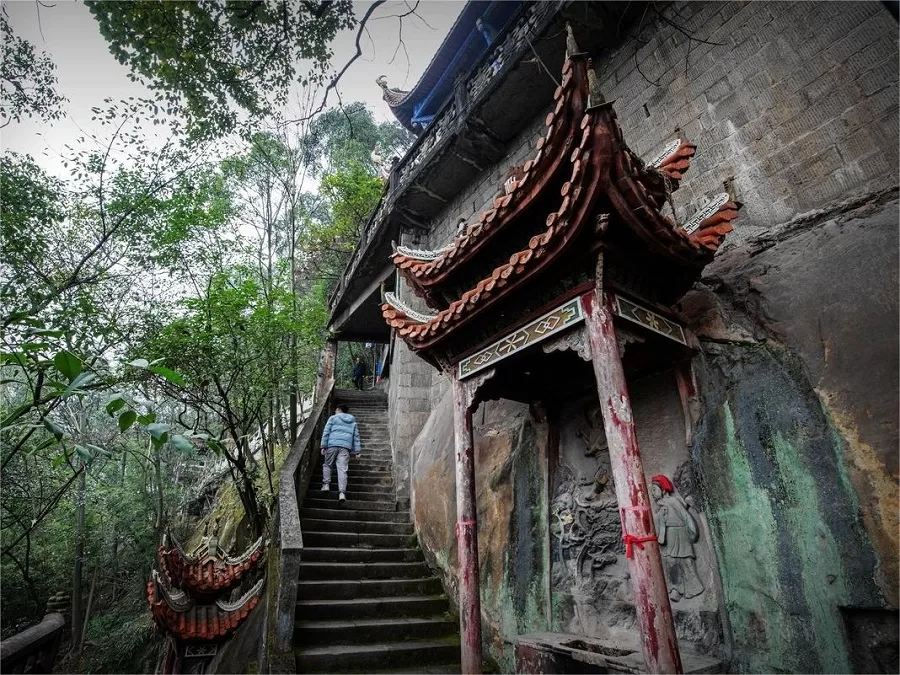
The history of Laojun Cave Taoist Temple traces its roots to the Three Kingdoms period during the Han Dynasty. It was formally established during the late Sui and early Tang Dynasties, making its legacy span over 1300 years. Records indicate that in the Tang Dynasty, it may have been a Buddhist temple known as “Guanghua Temple.” Simultaneously, it was also believed to be a temple dedicated to Tushan, the wife of Emperor Yu. In 1480, it underwent a major renovation and further expansions took place in the winter of 1574. Following the turmoil at the end of the Ming Dynasty, it transitioned into the management of Taoist priests and was officially renamed “Taiji Palace” (commonly known as “Laojun Cave”).
Breathtaking Vista of Chongqing City

Perched at an elevation of 600 meters, Laojun Cave Taoist Temple offers a breathtaking vista of Chongqing city. To reach the temple, one must ascend a steep stone staircase to the left of the Qingniu Cliff. Upon reaching the summit and sitting on one of the benches or leaning against a railing, visitors are greeted by a continuous cool breeze. Looking down, the various temple buildings and lush greenery are layered upon one another, and the fragrant smoke of incense wafts from the front of the Three Purities Hall. Gazing into the distance, one can witness the sprawling city of Chongqing, especially the central Yuzhong Peninsula, with its towering skyscrapers. The Yangtze River and Jialing River, like glistening ribbons, meander through the urban forest, creating an ideal vantage point for sightseeing and photography.
Three Purities Hall
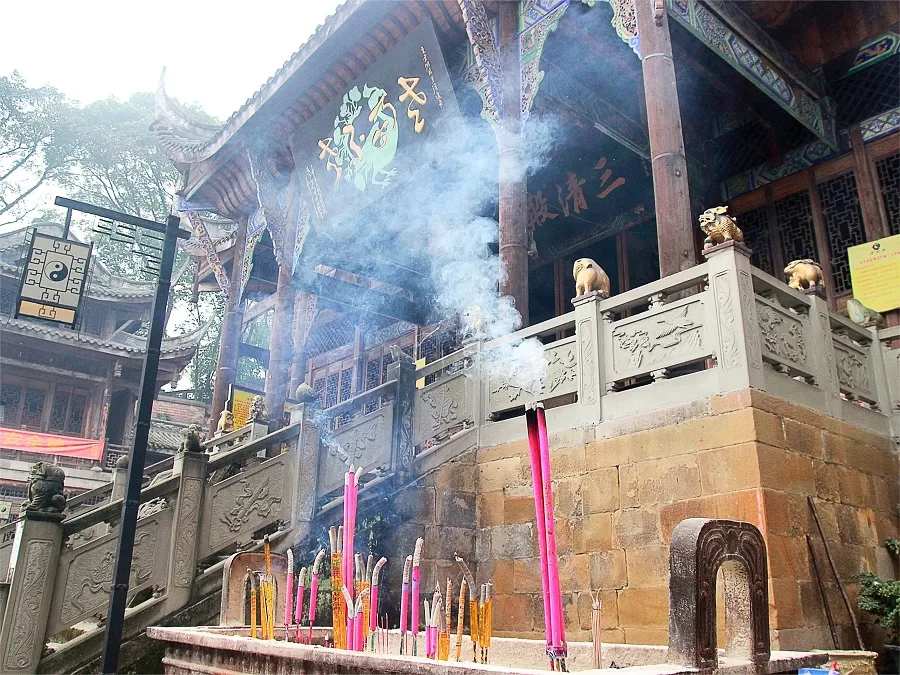
The main hall of Laojun Cave Taoist Temple is the Three Purities Hall, which was originally built in the 16th century during the Chenghua period of the Ming Dynasty. This hall has a history of over five hundred years and is dedicated to the worship of the Three Pure Ones (Sanqing), the highest deities in Taoism. In the center of the hall, an image of Laozi, the Supreme Old Lord, is flanked by statues of Nanji Xianweng (the Southern Pole Elderly Lord) and Beiji Ziwei Dadi (the Northern Pole Purple Subtlety Grand Emperor). In front of the hall, there is an exquisite stone tablet from the Ming Dynasty known as the “Five Dragons Holding the Saint.”
Putuo Rock Carvings
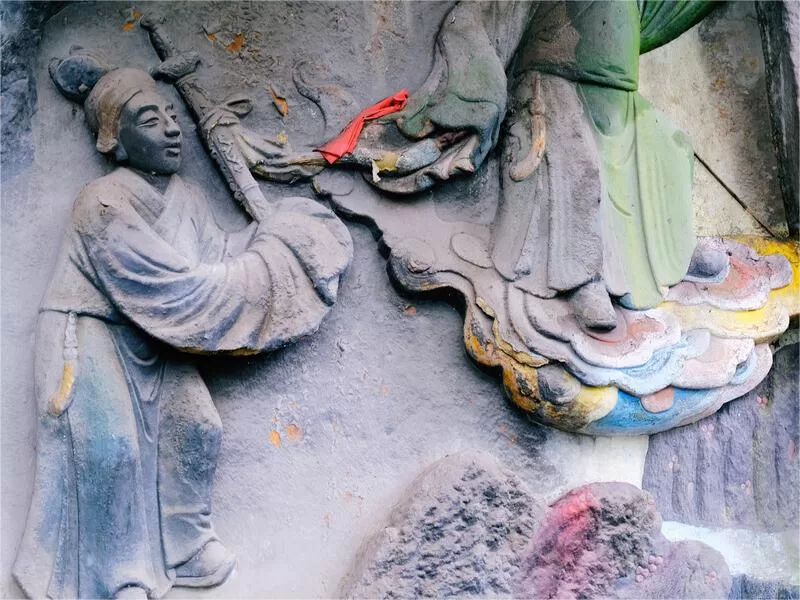
The Putuo Rock Carvings are ancient relics from the Ming Dynasty and depict various stories and legends. These carvings vividly illustrate the tales of Guanyin rescuing those in dire need, King Wen seeking wisdom, Boya playing the zither, the legend of E Huang Nü Ying visiting Emperor Shun, and Li Yaxian’s act of blinding himself to persuade others to study. These remarkable carvings hold significant historical and cultural value.
Laojun Mountain: A Tranquil Haven
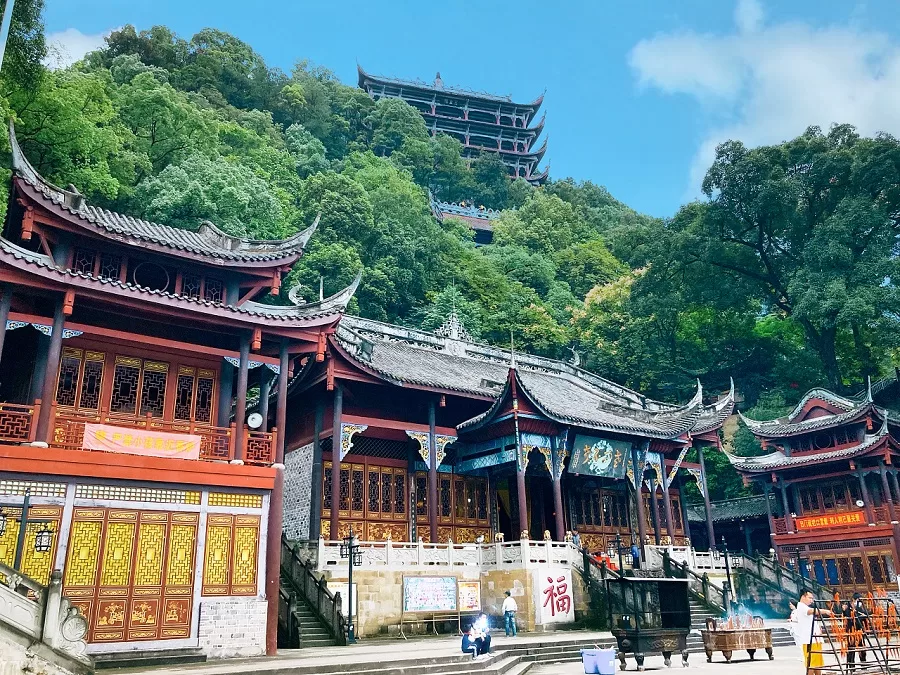
Laojun Mountain is adorned with dense clusters of ancient pine and cypress trees, their majestic branches reaching skyward, casting deep shadows and an air of serenity over the area. It serves as an idyllic retreat for those seeking solace, meditation, scripture recitation, or a respite from the summer heat. Visitors flock to this heavenly sanctuary, creating a vibrant atmosphere, and the temple is always filled with the sweet scent of incense.
Video about Laojun Cave Taoist Temple
Useful Tips Summarized from Reviews
Meal Options: There’s a meal package available for 28 yuan per person, which includes two dishes and a serving of tofu pudding. Alternatively, visitors can order dishes individually, with an average cost of around 45 yuan per person.
Dress Code and Etiquette: It’s recommended to dress modestly and avoid wearing sleeveless shirts. Proper attire is required, and visitors should refrain from taking photos of the deity statues. Upon entering, it’s customary not to step on the threshold.
Visit Timing: It’s advisable to visit in the morning if possible, as the temple tends to be less crowded. Afternoons can get quite busy with many visitors.
Beware of Fortune Tellers: There may be fortune tellers near the entrance trying to solicit visitors. It’s best to ignore them and avoid getting scammed. Stay vigilant and don’t engage with them.
Navigation Tips: When navigating to Laojun Cave, it’s recommended to set your GPS to Huangjiaoya Old Street(黄角垭老街) instead of directly to the cave. From Huangjiaoya Old Street, continue straight to the end, which can save you from climbing many hills. If taking a taxi, you can ask to be dropped off at the Laojun Cave West Gate Parking Lot, which is the closest drop-off point to the entrance.

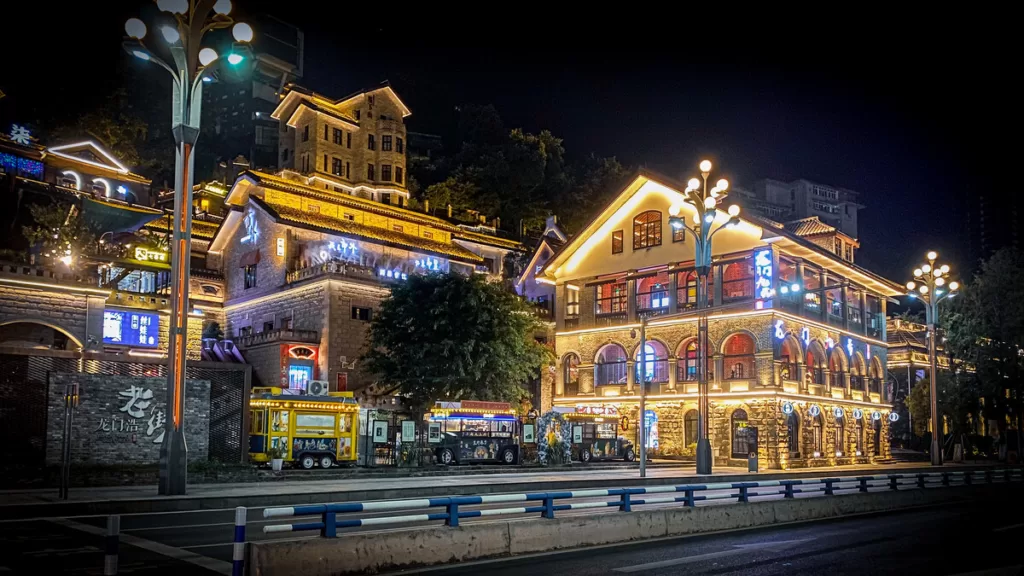
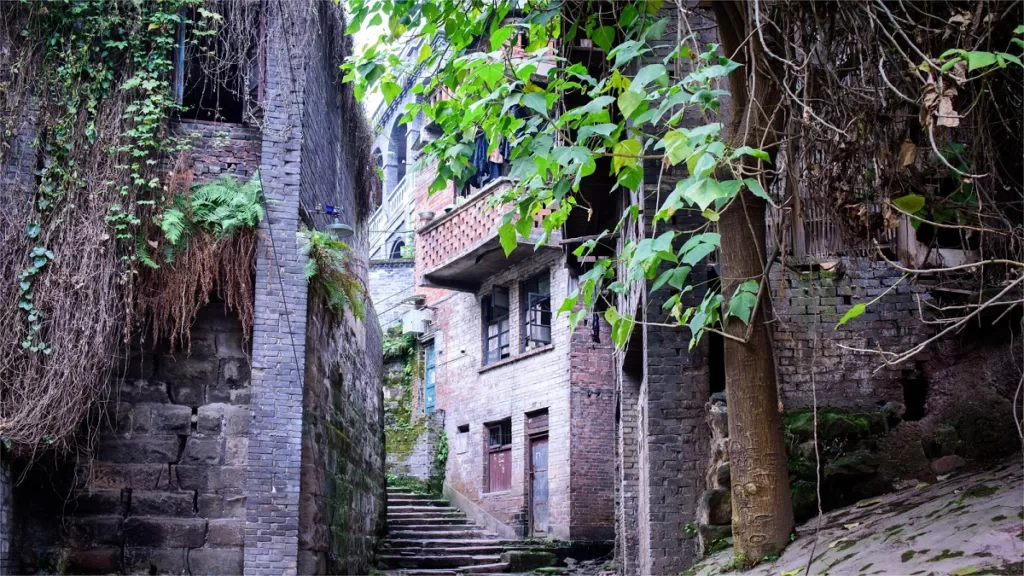
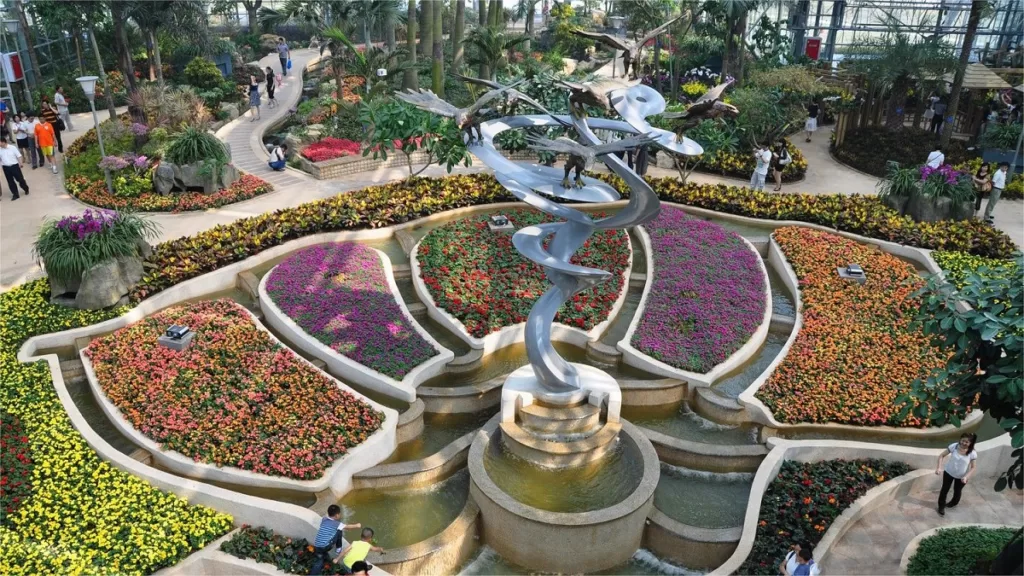
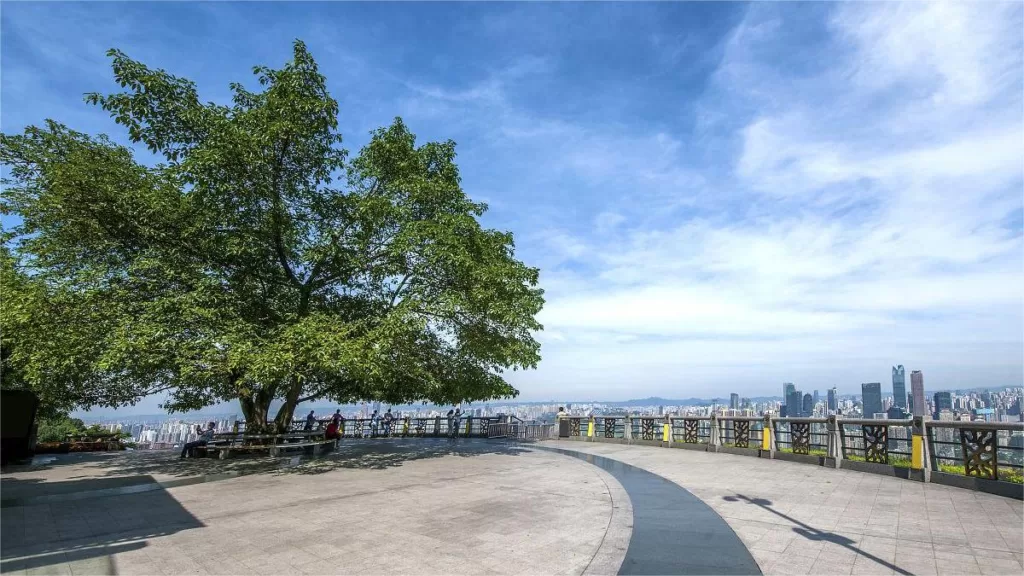

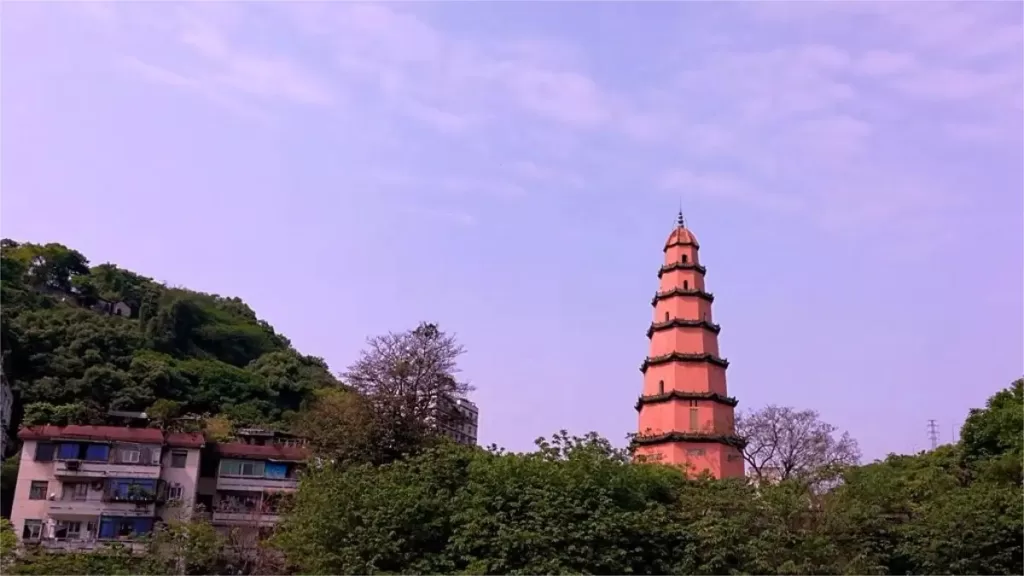
0 Comment